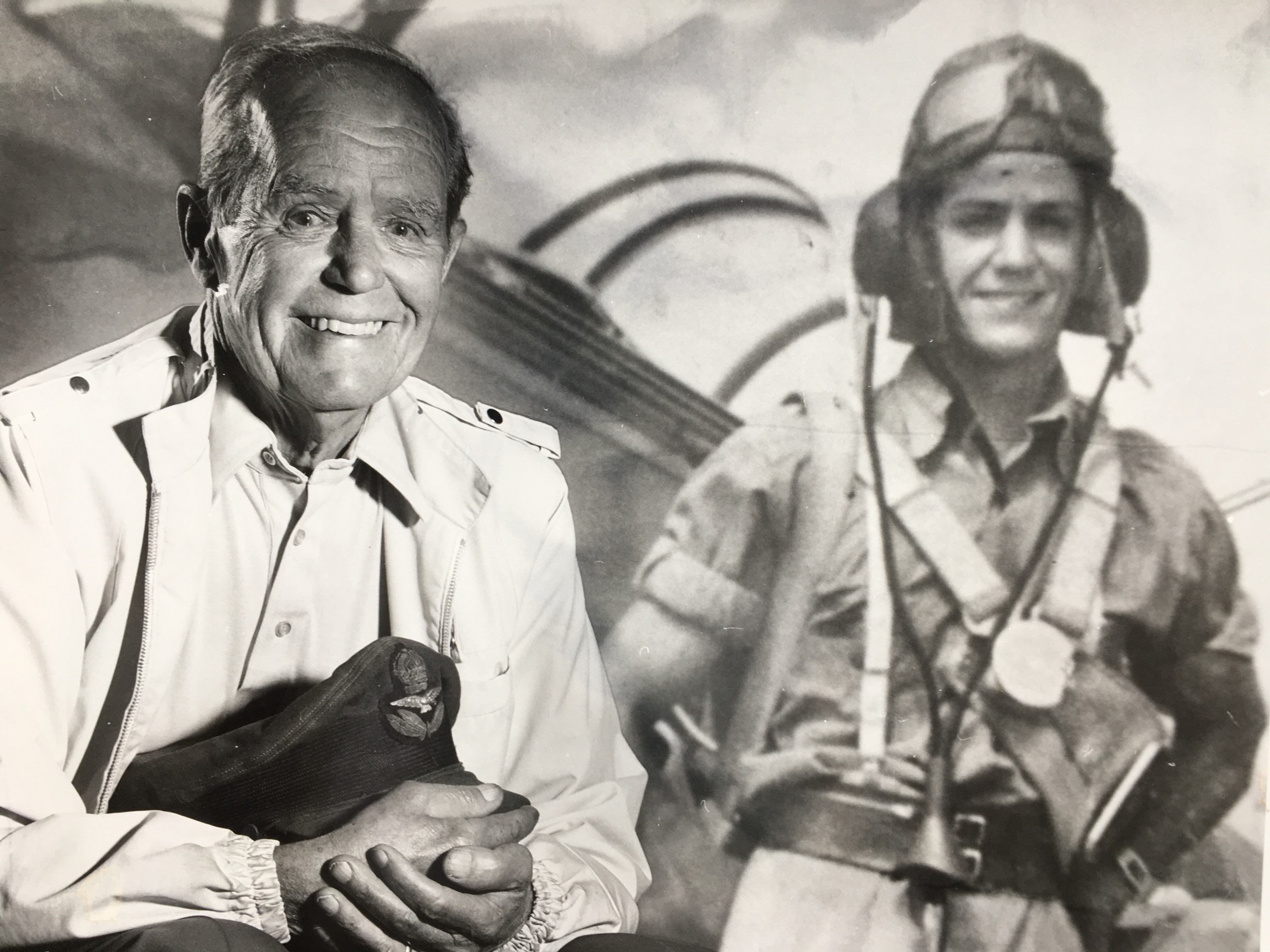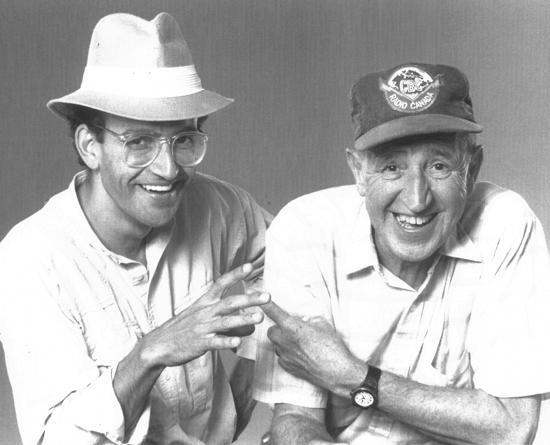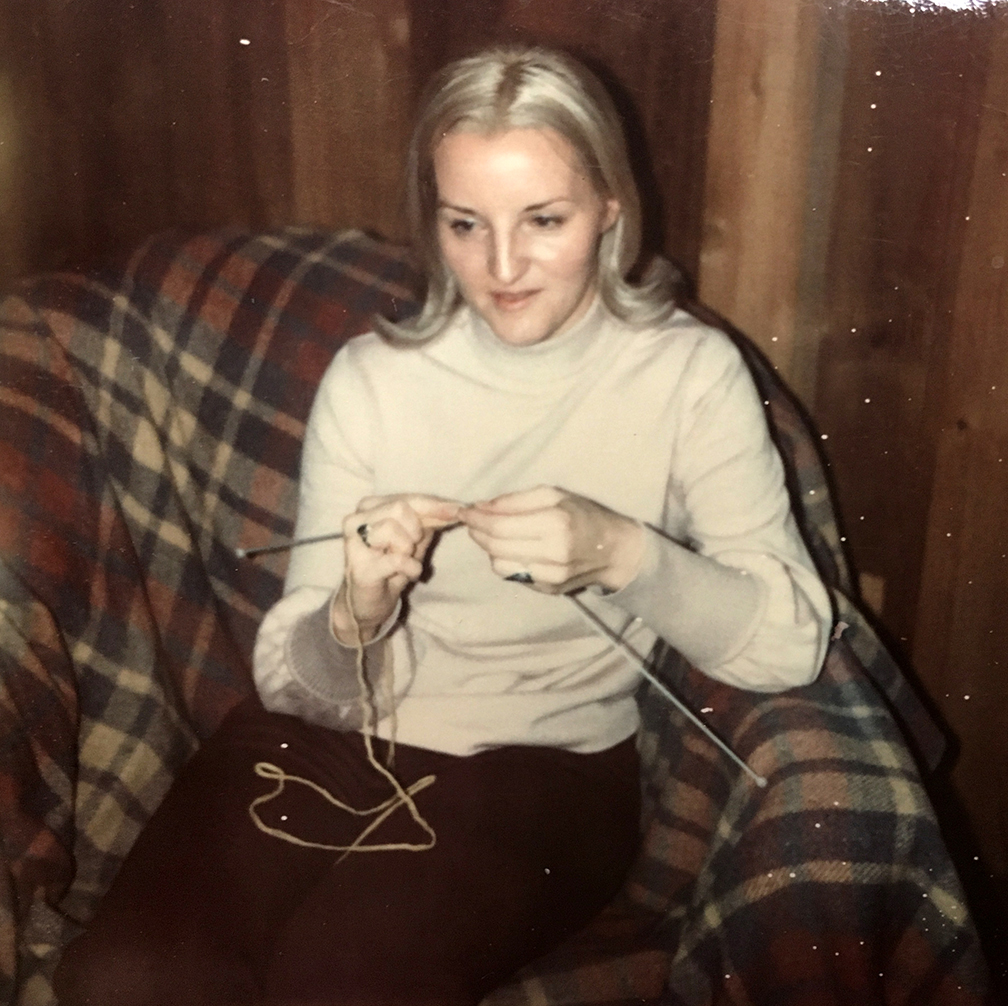
A friend and I got talking about our grandchildren the other day. Writer Peter Jennings and I were kind of comparing notes about our granddaughters. It turned out both granddaughters celebrate birthdays this fall, and Peter shared a magical discovery.
“You know what I got her for her birthday?” he said. “An Instax Mini 9 camera.”
I admitted to PJ that I had no idea what he was talking about.
“It’s an instant print camera,” he explained. “It takes a picture and spits it out – developed – within a minute.”
“You mean like those old Polaroid Land cameras.”
“Yup! And she loves it.”
PJ directed me to the “authorslife.blog” on his website where he wrote about the rationale for Instax’s sudden popularity. PJ discovered, not surprisingly, that despite the universal practice of shooting thousands (if not millions) of digital images on our cell phones, these days, most of those photos remain in the memories of our phones, never to be remembered, called up or viewed again.
Our digital photo collections have become massive electronic dustbins of selfies, quick videos and dashed-off stills we rarely view again. “With (this camera that spits out a physical photo) everyone will get to see my granddaughter’s handiwork right away,” PJ said proudly.
By coincidence, my friend’s discovery about the newfound human attraction to tangible images, came to me another time this week. Last Wednesday evening, I had travelled to a book talk in Haliburton, Ont. And, as he has on several other occasions when I came to Haliburton, my friend Fred Phipps, formerly a staff photographer with CBC, handed me a brown envelope with a collection of eight-by-tens (that’s an old-fashioned way of referring to portrait pictures on photographic paper).
Inside I found photos Fred had taken for The Uxbridge Tribune, a newspaper to which we both had contributed back in the early 1990s. Fred’s photos depicted then resident and local dentist, Dr. Carl Puterbough, smiling and holding an Air Force officer’s cap while seated in front of a second projected image of Puterbough as a young pilot trainee during the Second World War.
“Then and now,” the photo caption read. And the story, written by reporter Mike Ruta, reflected on the wartime experience of veteran Puterbough having flown 36 combat operations, enough to earn him a Distinguished Flying Cross for his service. Reporter Ruta went on to recount that Peterbough had come to Uxbridge in 1950, fresh out of dentistry school at the U of T.
“I almost turned around and left,” he told Ruta. “The snow piles were 10-feet high.” But something tugged at Puterbough to come back a short time later, when he did establish a practice and settled into full-time residency here in town.
Fred Phipps had given me not one, but a handful of shots he’d taken of the former decorated wartime veteran and peacetime resident in town. And every one of those eight-by-tens seemed to capture Puterbough’s character – his dashing smile, his strong physical stature (even in his mid-70s), as well as his sense of the pleasure of the moment when Fred had clicked the shutter of his camera.

And sifting through Fred’s paper photos, I recalled when he’d taken similar photos of my father Alex and me, when we were to be featured co-hosting a CBC Radio program back in the 1980s. Fred had asked us to bring a variety of hats and coats and plunked us on stools in a photo studio. As Dad and I kibitzed with the hats, Fred snapped away. One of the resulting photos I had framed and it hangs on my office wall to this very day (not lost in a digital file forever).
It’s funny, but these revelations seem to come in threes. After my encounter with former CBC photographer Fred Phipps, and my conversation with friend Peter Jennings about his granddaughter’s passion for real photographs, I had one more chance rendezvous with an actual photograph.

This week, while book-touring in Saskatchewan, I spent a few days with my wife’s sister in Saskatoon. It turned out Pat MacAulay Doig had been perusing some family photos and found a special one to show me.
“Remember this?” she asked handing me a photo of her sister Jayne MacAulay doing some knitting while seated in a large armchair.
“That goes back,” I said. And I turned the photo over to see if it said anything on the back. It read, “Jayne April 1972.” And I realized that was the very month and year that my wife Jayne began dating. Memories of our first meeting 47 years ago came flooding back. In that moment, I realized that no digital picture – buried in a computer file or cell phone collection – could ever transport me back the way that paper photo had.
A photo in-hand really is worth two on my phone.
Good morning. I’m coming to realize just how connected we all are in this life. I stumbled across a photo of my Grandfather while Google searching. Dr. Carl Puterbough. Only to read the article you wrote about him. I remember being in my teens when Peter Jennings interviewed him. You mentioned in the article that you were given several photos of him. If at all possible I would love to connect with you to possibly get copies of those pictures. Perhaps a copy of the original interview as well.
Thank you for your time. I look forward to hearing from you
Frazer Puterbough